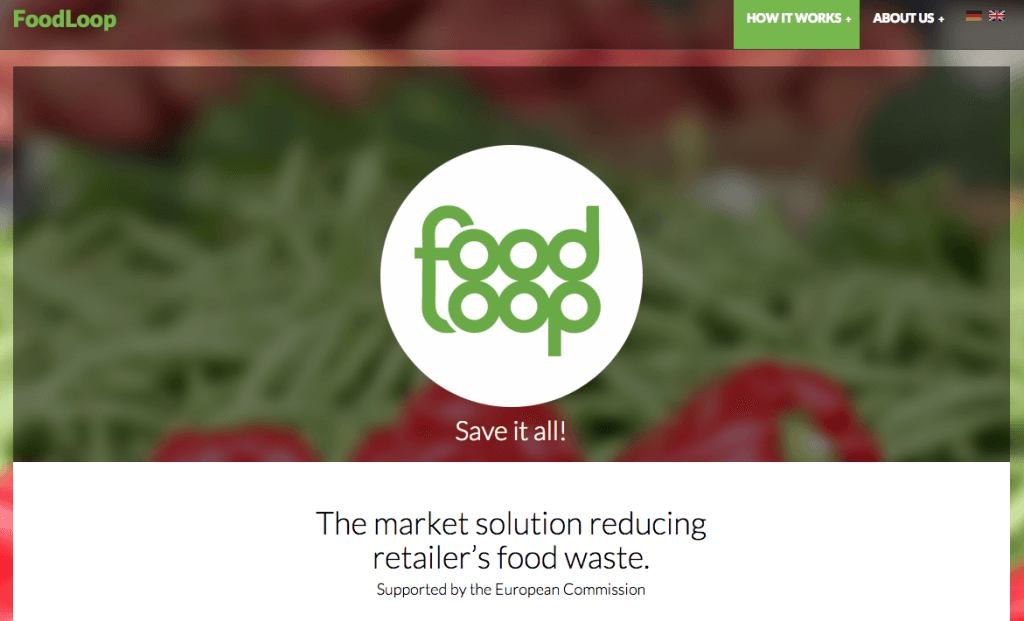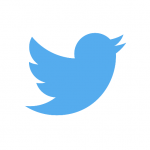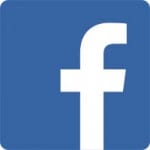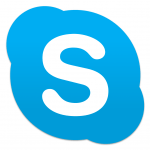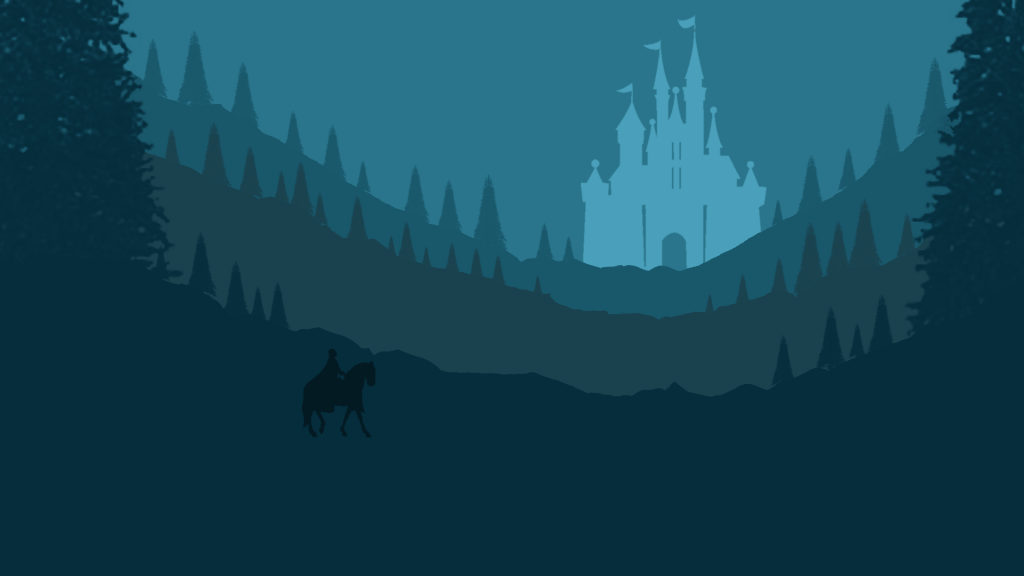Before I began working on my draft layout, I had created a survey via SurveyMonkey in order to gain a better understanding of how the target audience views websites. I posted the survey link on social media sites in order to potentially draw in people who were outside the audience demographic; this would allow for a wider range of results.
After gaining some survey responses, I had found that only people within the target audience (both genders 18 and over) had answered, however the data is still valid. Website 1 was Love Food Hate Waste, Website 2 was Foodcycle and Website 3 was FoodLoop. The results of the survey are listed here.
There is a slight risk that the results may be biased. Due to some questions being skipped it does not necessarily reflect every individual’s point of view, however because this anomaly is so small it is not likely to have a significant effect on my data.
After analysing the results, it seems clear that most people prefer the structure, aesthetics and layout of Website 1 (Love Food Hate Waste). Looking at some of the responses I have concluded that Website 3 would be more suitable for a tablet/mobile app, but certainly not for a desktop website. When it comes to designing my own website I should take elements from Website 1 and apply this, as this would be the most appropriate and effective way of engaging the user and making the product easy to use.


